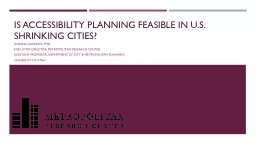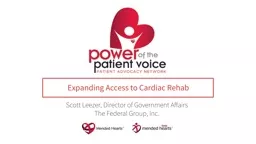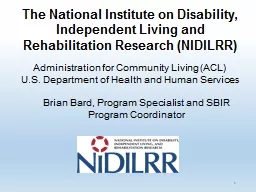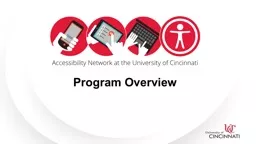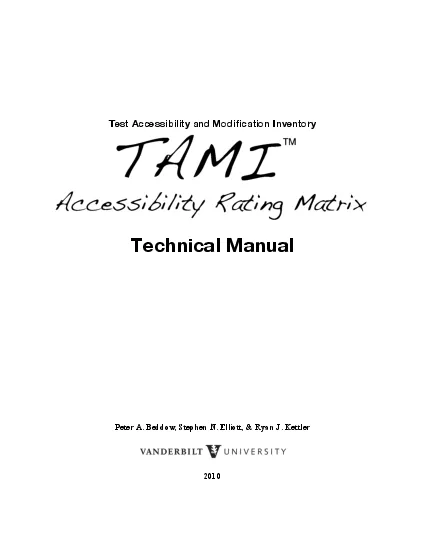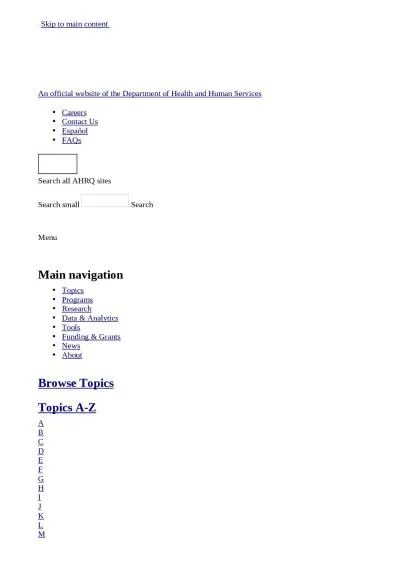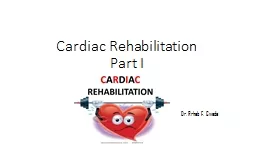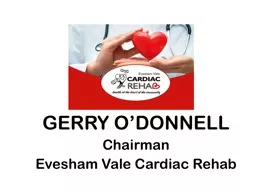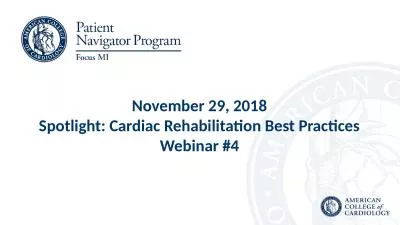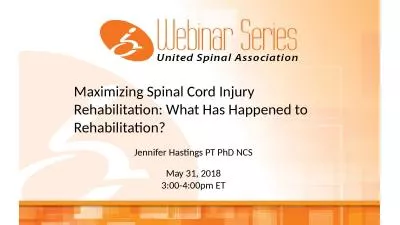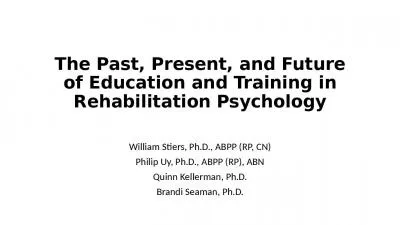PPT-Using GIS to Improve Accessibility to Phase 2 Cardiac Rehabilitation Programs
Author : DontBeAScared | Published Date : 2022-07-28
Deborah van Gaans Centre for Research Excellence in the Prevention of Chronic Conditions in Rural and Remote Populations School of Population Health The research
Presentation Embed Code
Download Presentation
Download Presentation The PPT/PDF document "Using GIS to Improve Accessibility to Ph..." is the property of its rightful owner. Permission is granted to download and print the materials on this website for personal, non-commercial use only, and to display it on your personal computer provided you do not modify the materials and that you retain all copyright notices contained in the materials. By downloading content from our website, you accept the terms of this agreement.
Using GIS to Improve Accessibility to Phase 2 Cardiac Rehabilitation Programs: Transcript
Download Rules Of Document
"Using GIS to Improve Accessibility to Phase 2 Cardiac Rehabilitation Programs"The content belongs to its owner. You may download and print it for personal use, without modification, and keep all copyright notices. By downloading, you agree to these terms.
Related Documents


